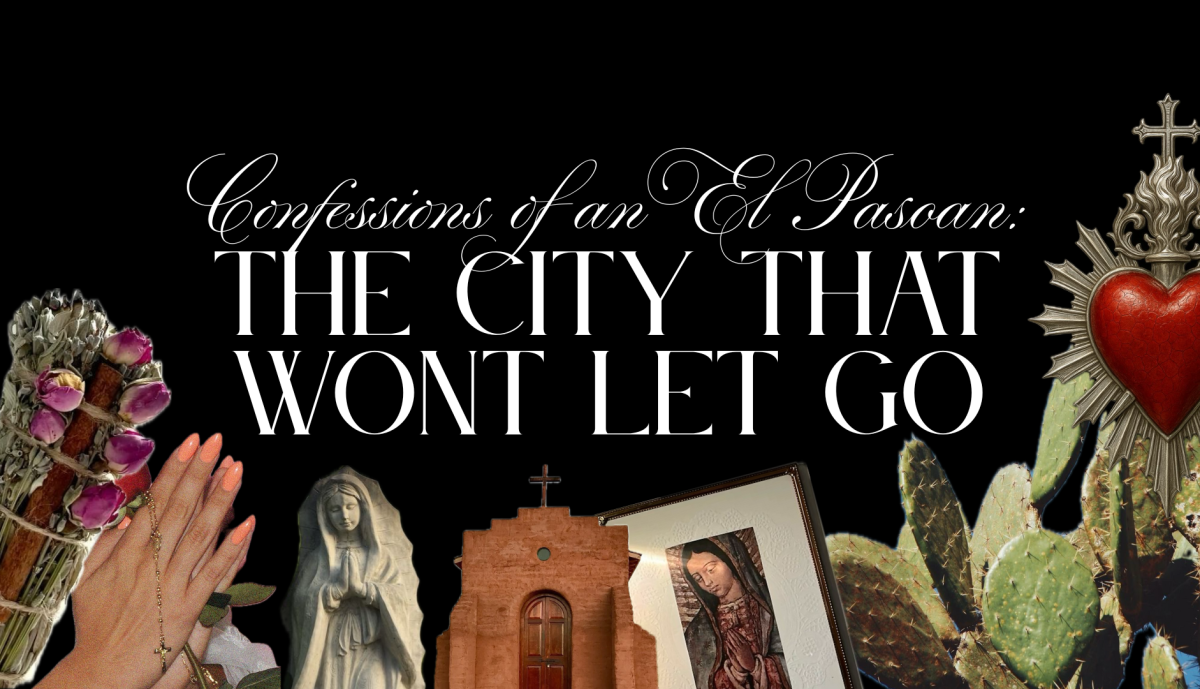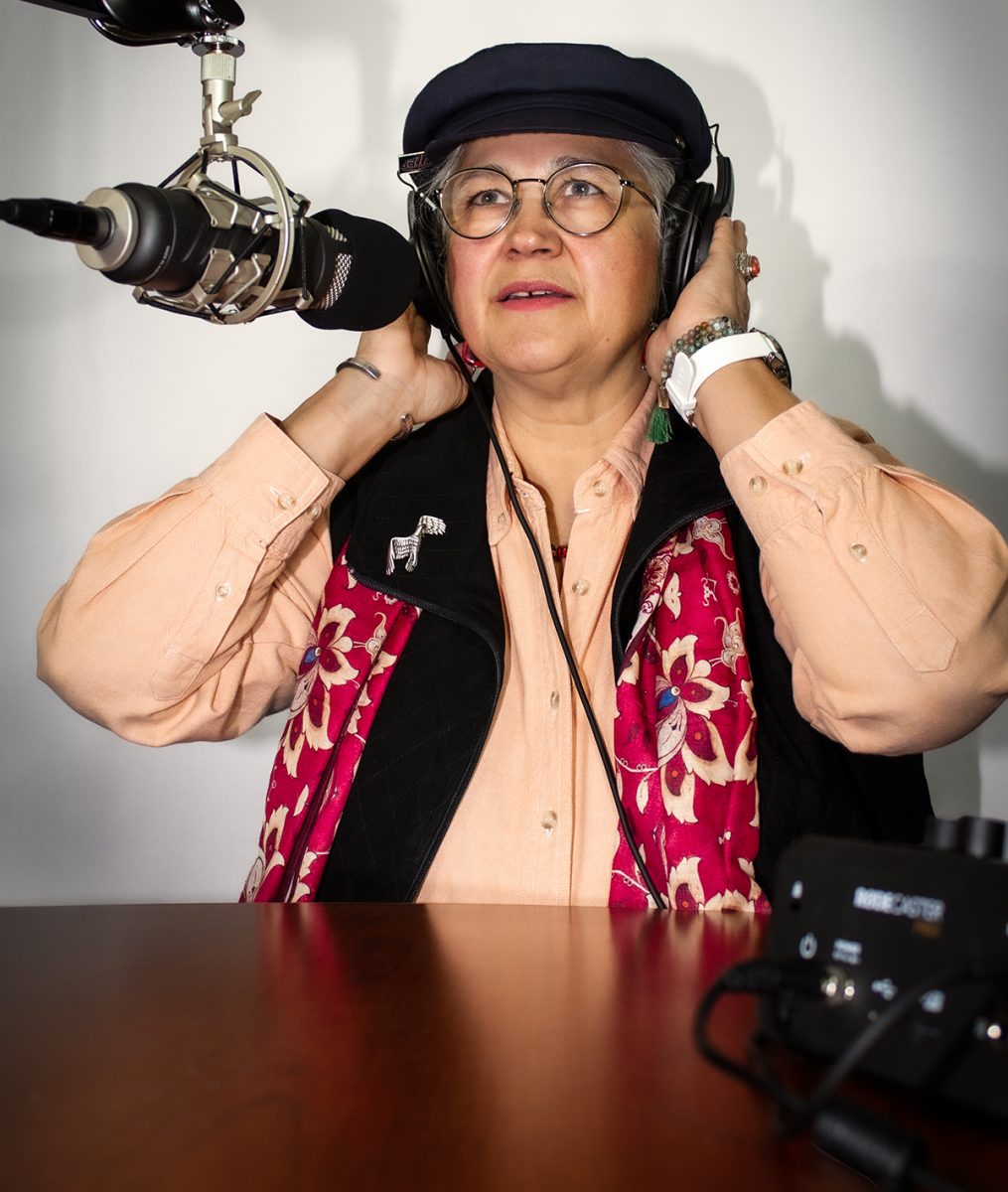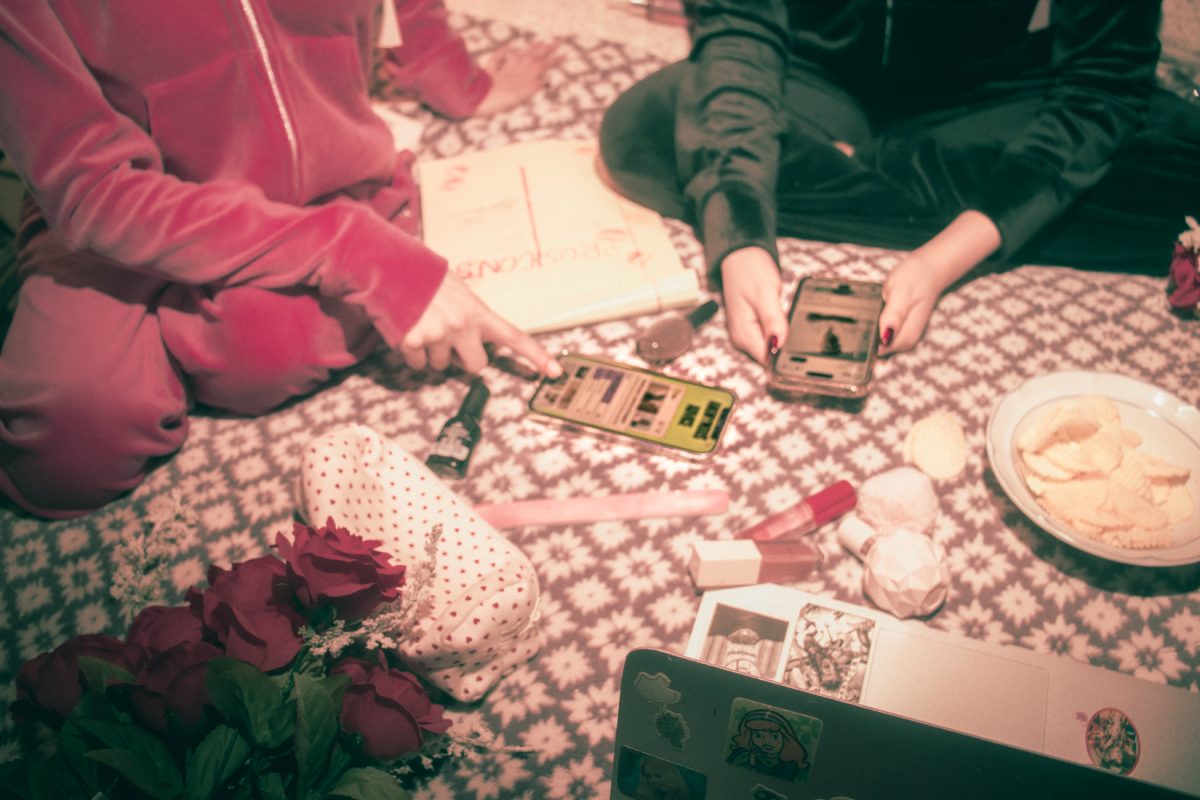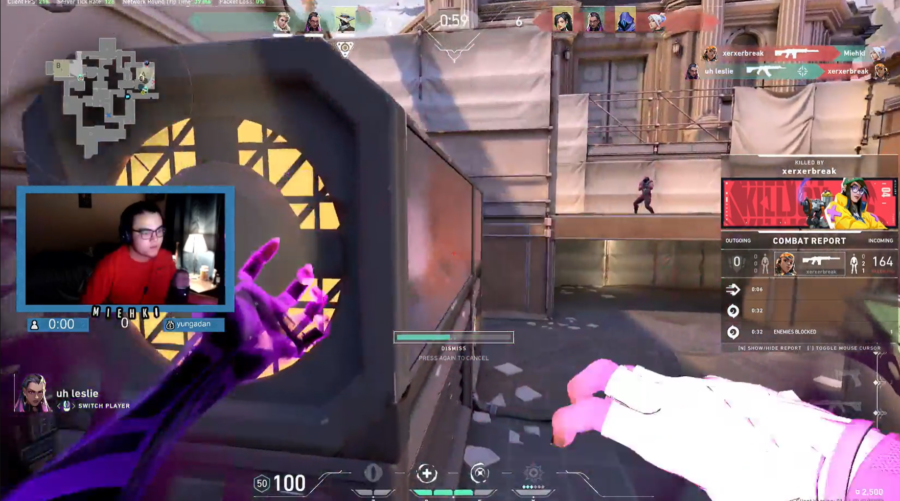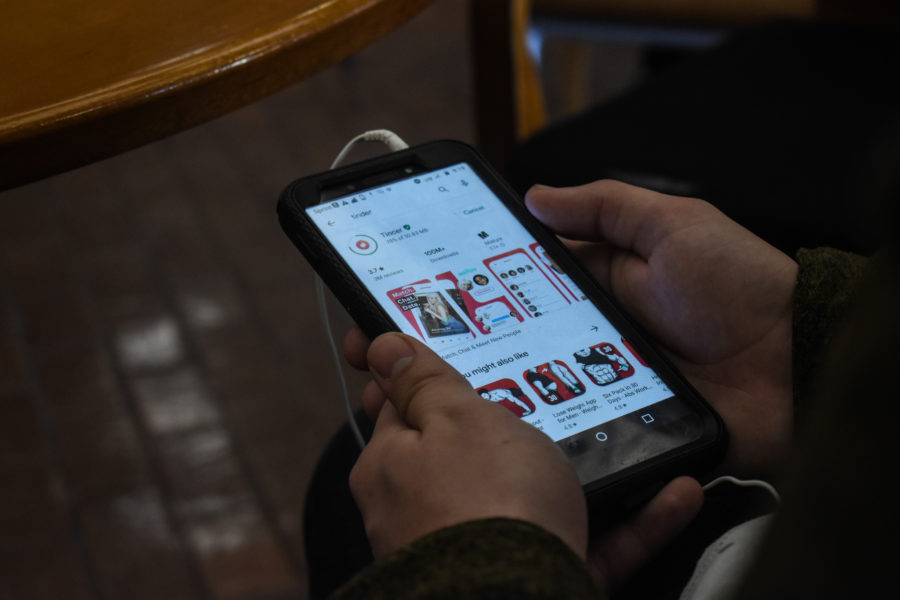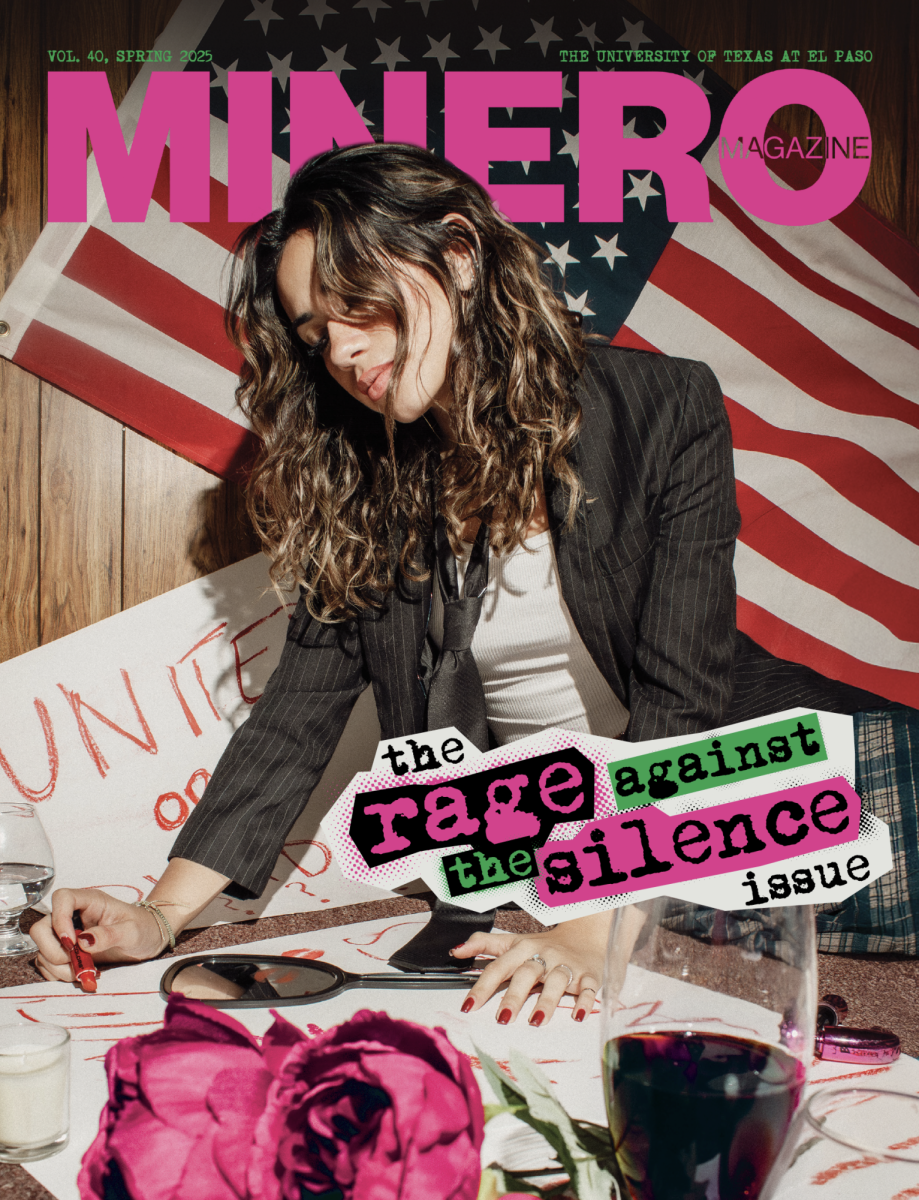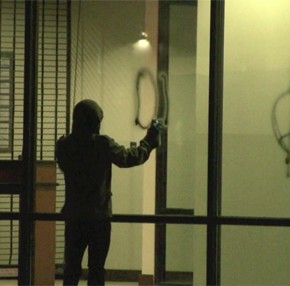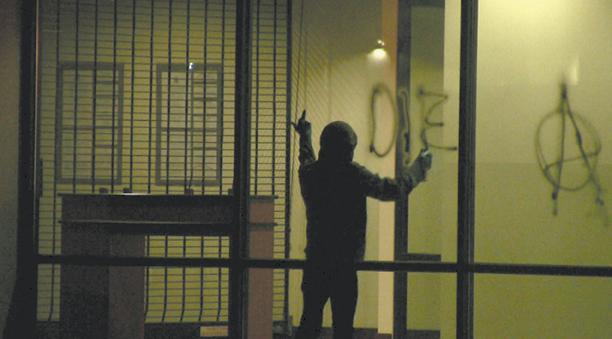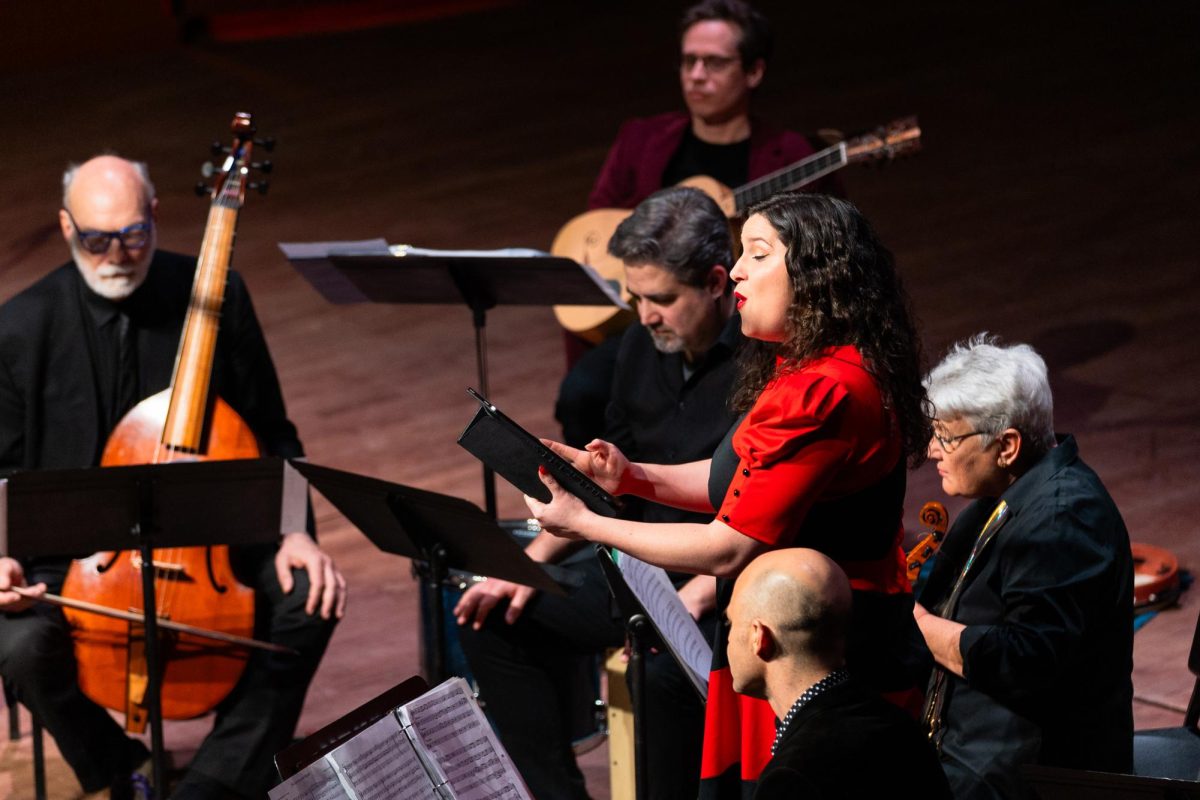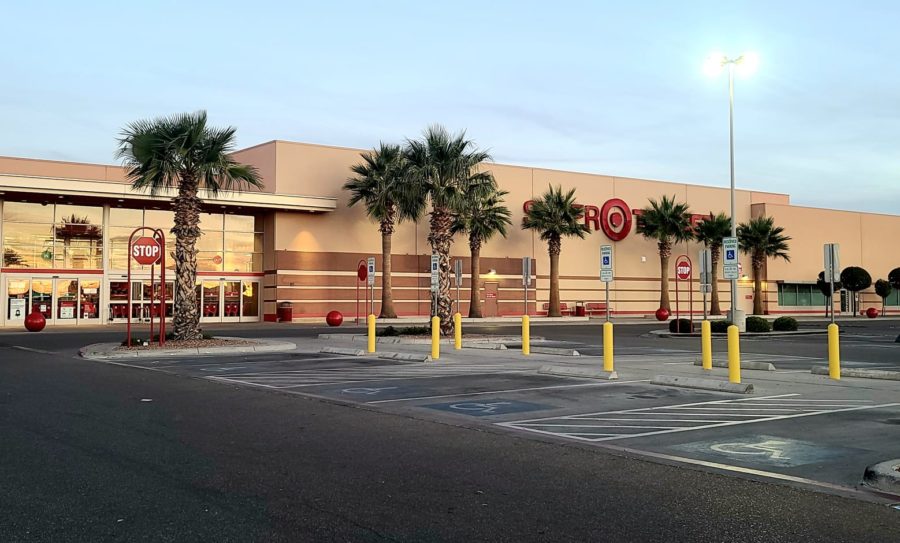
By Jasmine Aguilera, Alejandro Alba and Amber Watts
Editor’s Note: this article was produced in collaboration with Borderzine.com.
Early in the morning in late April, a young protestor walks up to the windows of the Bank of America building on Mesa Street, in Downtown El Paso, across from San Jacinto Plaza. The young protestor is completely covered from head to toe to protect his identity. From under his jacket, he pulls out a can of black spray paint and draws a symbol on the windows along with the word “die.”
The symbol this protestor has painted on the window of the bank is a large letter “A” with a circle around it—a symbol that has become widely known throughout the world as a representation of a social movement called anarchism.
Anarchist groups have sprung up throughout the country as an offshoot of the Occupy Wall Street movement. What sets these anarchist groups apart from the Occupy movement are the tactics of protest they use to get their message across. Their method is known as “black bloc,” which involves vandalism, marches and riots while members dress in black to promote solidarity. Their form of protest is considered violent by the police.
The largest, most active anarchist groups can be found in San Francisco, Oakland, Seattle and New York City. Surprisingly, El Paso also has its own group known as 915 Anarchy.
“(Occupy El Paso protestors) were out there for months camping at San Jacinto Plaza and they were doing a good job, but at a certain point more has to be done to change a situation,” says a 19-year-old 915 anarchist known as “Maus,” who wishes to remain anonymous to protect himself from the police. “Sitting in tents can only accomplish so much.”
The 915 Anarchists are a fairly new group, Maus says. They came together in late January and began plans to make their group more widely known. As of now, the group has 20 members.
Maus said that there are different perceptions of anarchism among the group, but argues that freedom is all they want. “We all just want to be free,” he says. “So aren’t we all anarchists?”
Vegan, 21, is another anonymous member of 915 Anarchy, who also believes that freedom is what they stand for. He believes that the government’s attempts to control are overbearing, such as not letting same-sex partners marry and trying to watch everything one does on the Internet.
“We don’t want to be someone’s property,” says Vegan. “We don’t want to have people who think that just because they make more money than us, they should control every aspect of our life. You don’t have to be an anarchist to see the inevitable conclusion of complete government. We want everyone else to realize that they are not free.”
Seeing that Occupy EP’s Facebook page had more than 4,000 likes and their twitter feeds had over 3,000 followers, the anarchists devised a plan to hack into Occupy El Paso’s Facebook and Twitter accounts to promote awareness for their group.
At around midnight on May 2, the anarchists carried out their plan. They changed Occupy EP’s Twitter page so that it read: “We are no longer Occupy El Paso. We have nothing against them and nothing personal. This is just business.”
According to Sergeant Chris Mears, public affairs officer for the El Paso Police Department, an act of vandalism, depending on the amount of damage, may at the minimum result in a class B misdemeanor, which could lead to six months in jail along with a fine. However, there has been no formal report filed for the vandalism that occurred at Bank of America.
The EPPD also says the anarchists’ stunts could also potentially be considered organized crime and criminal activity, and that by acting together in a group, they could actually incur additional charges and stiffer penalties.
Maus says he is willing to take the risks involved with being part of an anarchist group. “When you’re truly dedicated to, well your country in a way, you’re okay with it,” he says. “Jail time is nothing, most of us (protesters outside of El Paso) have already been to jail for other things involving activism.”
Before Maus got involved with 915 Anarchy he was involved with Occupy EP. A fellow Occupy EP protestor, David Fernandez, does not think anarchists’ tactics are necessary in El Paso. “I do believe that at times black bloc tactics might be necessary, but in this case, in our case now, I don’t think they have a place,” Fernandez says. “I mean, if they are going to bulldoze your home or neighborhood for example, and peaceful protest isn’t working, then by all means defend yourself and use black bloc.”
Josiah Heyman, UTEP sociology and anthropology professor and department chair, shares Hernandez’ opinion. “My philosophy is you need to think about the goal of the movement and how to reach that goal,” Heyman says. “For example, the apartheid in South Africa, in a situation where there is a total lack of equality by the government, people responded with violence. Here, though our government is overtly flawed and we have to deal with economic inequalities, we are not in a situation like Africa.”
Heyman, who is also an Occupy EP protestor, does not approve of the anarchists because they steal media attention away from the Occupy movement because of the violent nature of their tactics. “I have a problem with various types of activity that I consider to be taking away from the credibility of people who are hard workers, who want to protest peacefully,” he says.
Maus says that although he respects the Occupy EP group, he feels things were moving too slowly. “We want to go out and do more things, or do things differently than the older generation,” he says. “In the end, we are all together in the same thing, we are all against the same people and that’s the way it should be.”
The EPPD says they will take appropriate action against the anarchists if necessary. “People have the constitutional right to protest their government—that right is protected under the First Amendment, but obviously they don’t have the constitutional right to commit crimes, to damage someone else’s property, to prevent people from patronizing their businesses,” Mears says. “Unfortunately, some people want to try to say that their First Amendment right does protect that when historically the courts have said it doesn’t.”
Maus believes the anarchists are not the true criminals. “We don’t have the constitutional right to vandalize property, we know, we’re not dumb, we obviously understand, but some rules are meant to be broken just to make a point,” he says. “Considering the people we’re against, specifically right now it’s Bank of America, considering they have been stealing billions and billions of dollars from tax payers and still haven’t paid any of that back, I think it’s unfair that we’re the ones getting in trouble for something that should have been done a long time ago.”
Bank of America representatives were contacted for this story, but refused to comment. The 915 Anarchy group is planning a march Nov. 5 in Downtown El Paso that will involve Occupy members from areas outside of the region.
915 Anarchy, un grupo local anarquista de 20 personas, se ha comprometido a comunicar su mensaje de libertad a como de lugar—sea a través de marchas, revueltas o vandalismo, tácticas conocidas como “black bloc”.
Grupos anarquistas han surgido en varias partes del país como Oakland, San Francisco, Seattle y New York como una escisión del movimiento Occupy Wall Street. La policía considera los métodos que utilizan violentos.
El grupo local de anarquistas se formó a finales de enero. Hasta ahora han hackeado la página de Facebook y el Twitter de Occupy El Paso para extender su mensaje, y han cometido un acto de vandalismo en el edificio de Bank of America en la calle Mesa. Planean una marcha en el centro de la ciudad el 5 de noviembre.
“Maus”, un anarquista de 19 años que prefiere permanecer anónimo para protegerse de la policía, dice que tuvieron que tomar el asunto en sus propias manos al ver que Occupy El Paso no los llevo lejos. “(Miembros de Occupy El Paso) estuvieron afuera por meses acampando en la Plaza de San Jacinto e hicieron un buen trabajo, pero en un cierto punto se tiene que hacer más para cambiar la situación”, dice Maus. “Estar sentado en las tiendas de campaña solo puede lograr muy poco”.
Miembros de Occupy El Paso creen que los métodos que utiliza 915 Anarchy no son apropiados. Josiah Heyman, profesor de sociología y antropología en UTEP, cree que los anarquistas, por sus prácticas violentas, roban atención de los medios al movimiento Occupy. “No me gusta eso”, dice Heyman, quien también es protestante de Occupy EP. “Tengo un problema con varios tipos de actividad que considero quitan la credibilidad de gente que es trabajadora, que quieren protestar pacíficamente”.
Sin embargo Maus dice que empresas como Bank of America, y no los anarquistas, deberían ser vistas como criminales. “Han estado robando billones y billones de dólares de aquellos que pagan impuestos y todavía no han regresado nada. Creo que es injusto que nosotros somos los que nos metemos en problemas por algo que tenía que haber terminado hace mucho”.








